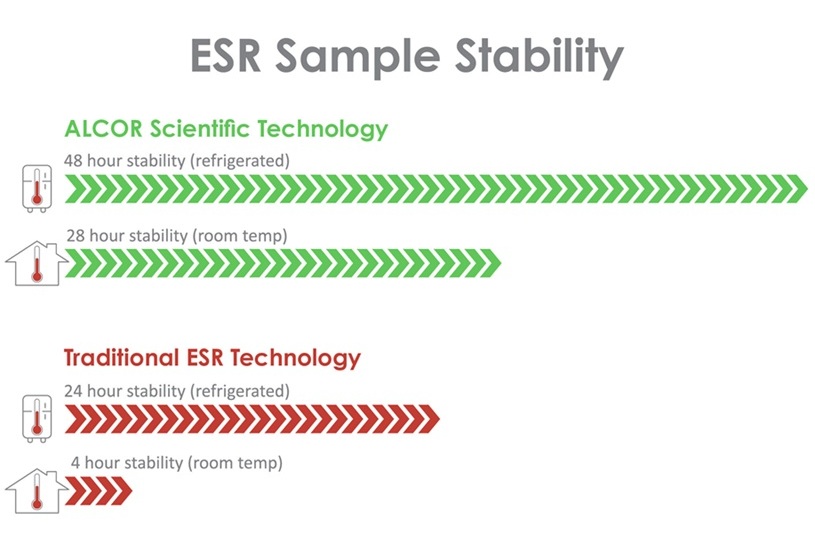Robotic Workstation Prints 2.4 Million Microarrays per Year
|
By LabMedica International staff writers Posted on 31 Dec 2009 |
Advance in the speed and efficiency of manufacturing microarrays allows highly precise printing of as many as 2.4 million microarrays per year with a single robotic workstation. The microarrays are tiny glass substrates that contain rows and columns of printed spots used for molecular diagnostics and scientific research.
The technological breakthrough was made by Arrayit Corporation (Sunnyvale, CA, USA); its current capacity is 640,000 microarrays per instrument annually. The enhanced automated microarray printing bandwidth increases company's competitiveness in the diagnostics marketplace.
Arrayit executive vice president and cofounder Todd Martinsky stated, "This technological advance represents an engineering tour de force that combines our expertise in laboratory automation, linear drive robotics, micromachining, surface chemistry and contact printing. Leveraging our core tech competencies and patented contact printing platform in this manner should further enhance our competitive differentiation in the diagnostics market."
Arrayit Corporation discovers, develops, and manufactures life science technologies and consumables for disease prevention, treatment, and cure. The company is currently developing early stage definitive diagnostic tests for ovarian cancer, Parkinson's disease, influenza A virus (H1N1) and other illnesses.
Related Links:
Arrayit Corporation
The technological breakthrough was made by Arrayit Corporation (Sunnyvale, CA, USA); its current capacity is 640,000 microarrays per instrument annually. The enhanced automated microarray printing bandwidth increases company's competitiveness in the diagnostics marketplace.
Arrayit executive vice president and cofounder Todd Martinsky stated, "This technological advance represents an engineering tour de force that combines our expertise in laboratory automation, linear drive robotics, micromachining, surface chemistry and contact printing. Leveraging our core tech competencies and patented contact printing platform in this manner should further enhance our competitive differentiation in the diagnostics market."
Arrayit Corporation discovers, develops, and manufactures life science technologies and consumables for disease prevention, treatment, and cure. The company is currently developing early stage definitive diagnostic tests for ovarian cancer, Parkinson's disease, influenza A virus (H1N1) and other illnesses.
Related Links:
Arrayit Corporation
Latest Molecular Diagnostics News
- First And Largest Prospective Study of Urine-Based Genetic Methylation Testing for Cervical Cancer Screening
- Rapid Immunoassay Distinguishes Between COVID-19 and Seasonal Flu Infections In 10 Minutes
- Single Blood Test Reveals Biological Ages of Different Organs and Bodily Systems
- Metabolic Markers Predict Breast Cancer in High-Risk Women
- Simple Blood Tests Identify Pregnant Women at Risk of Serious Complications from Pre-Eclampsia
- Genetic Test Predicts Response to Weight Loss Medications
- CRISPR-Based Tuberculosis Test Uses Mouth Swab to Simplify Screening
- New DNA Methylation-Based Method Predicts Cancer Progression
- Urine Test Could Predict Outcome of Cartilage Transplant Surgery
- 2-Hour Cancer Blood Test to Transform Tumor Detection
- Ultrasensitive Test Could Identify Earliest Molecular Signs of Metastatic Relapse in Breast Cancer Patients
- Automated High Throughput Immunoassay Test to Advance Neurodegenerative Clinical Research
- Blood Test Could Detect Proteins Linked to Alzheimer's Disease and Memory Loss
- Brain Inflammation Biomarker Detects Alzheimer’s Years Before Symptoms Appear
- First-of-Its-Kind Blood Test Detects Over 50 Cancer Types
- Routine Blood Draws Could Detect Epigenetic Biomarkers for Predicting Cardiovascular Disease Risk
Channels
Clinical Chemistry
view channel
Gold Nanoparticles to Improve Accuracy of Ovarian Cancer Diagnosis
Ovarian cancer is considered one of the deadliest cancers, in part because it rarely shows clear symptoms in its early stages, and diagnosis is often complex. Current approaches make it difficult to accurately... Read more
Simultaneous Cell Isolation Technology Improves Cancer Diagnostic Accuracy
Accurate cancer diagnosis remains a challenge, as liquid biopsy techniques often fail to capture the complexity of tumor biology. Traditional systems for isolating circulating tumor cells (CTCs) vary in... Read moreHematology
view channel
Viscoelastic Testing Could Improve Treatment of Maternal Hemorrhage
Postpartum hemorrhage, severe bleeding after childbirth, remains one of the leading causes of maternal mortality worldwide, yet many of these deaths are preventable. Standard care can be hindered by delays... Read more
Pioneering Model Measures Radiation Exposure in Blood for Precise Cancer Treatments
Scientists have long focused on protecting organs near tumors during radiotherapy, but blood — a vital, circulating tissue — has largely been excluded from dose calculations. Each blood cell passing through... Read more
Platelets Could Improve Early and Minimally Invasive Detection of Cancer
Platelets are widely recognized for their role in blood clotting and scab formation, but they also play a crucial role in immune defense by detecting pathogens and recruiting immune cells.... Read more
Portable and Disposable Device Obtains Platelet-Rich Plasma Without Complex Equipment
Platelet-rich plasma (PRP) plays a crucial role in regenerative medicine due to its ability to accelerate healing and repair tissue. However, obtaining PRP traditionally requires expensive centrifugation... Read moreImmunology
view channel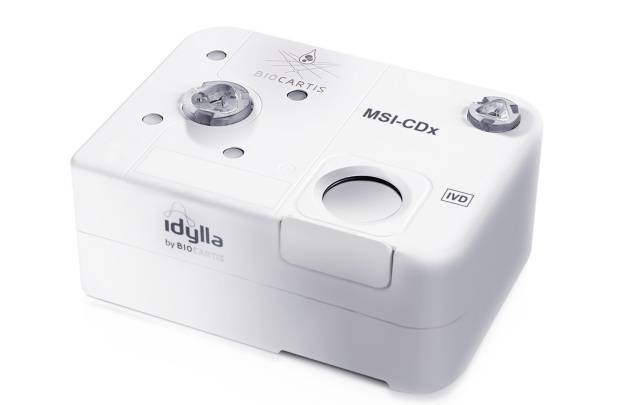
Companion Diagnostic Test for CRC Patients Identifies Eligible Treatment Population
Colorectal cancer remains one of the leading causes of cancer-related deaths worldwide, and identifying which patients will benefit most from targeted immunotherapies is critical. Existing diagnostic methods... Read more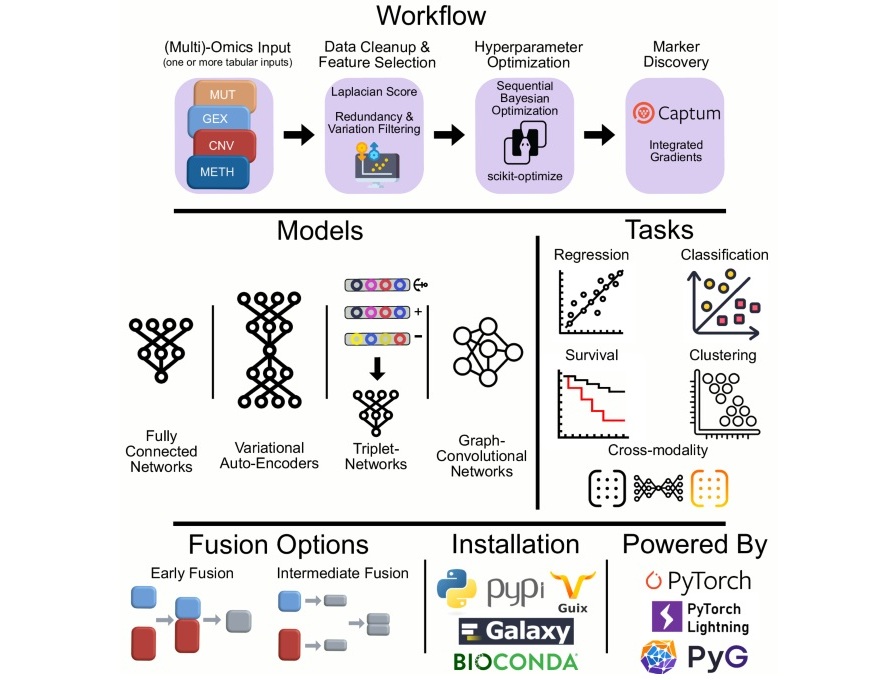
Novel Tool Uses Deep Learning for Precision Cancer Therapy
Nearly 50 new cancer therapies are approved each year, but selecting the right one for patients with highly individual tumor characteristics remains a major challenge. Physicians struggle to navigate the... Read more
Companion Diagnostic Test Identifies HER2-Ultralow Breast Cancer and Biliary Tract Cancer Patients
Breast cancer is the most common cancer in Europe, with more than 564,000 new cases and 145,000 deaths annually. Metastatic breast cancer is rising in younger populations and remains the leading cause... Read moreMicrobiology
view channel
Rapid Sepsis Diagnostic Device to Enable Personalized Critical Care for ICU Patients
Sepsis is a life-threatening condition that occurs when the body’s response to infection spirals out of control, damaging organs and leading to critical illness. Patients often arrive at intensive care... Read more
Microfluidic Platform Assesses Neutrophil Function in Sepsis Patients
Sepsis arises from infection and immune dysregulation, with neutrophils playing a central role in its progression. However, current clinical tools are unable to both isolate these cells and assess their... Read morePathology
view channel
New Tool Could Revolutionize Acute Leukemia Diagnosis
Acute leukemia is a highly aggressive blood cancer that requires rapid and accurate diagnosis to guide treatment decisions. Current diagnostic methods, which rely on molecular and cytogenetic testing,... Read more
New Microscope Promises to Speed Up Medical Diagnostics
Traditional microscopes are designed for flat samples, yet real-life specimens, such as tissue slides, are often curved or uneven. This mismatch forces researchers to rely on scanning methods or costly... Read moreTechnology
view channel
Hybrid Pipette Combines Manual Control with Fast Electronic Aliquoting
Manual pipettes offer the control needed for delicate tasks such as mixing or supernatant removal, but typically fall short in repetitive workflows like aliquoting. Electronic pipettes solve this problem... Read more
Coral-Inspired Capsule Samples Hidden Bacteria from Small Intestine
The gut microbiome has been linked to conditions ranging from immune disorders to mental health, yet conventional stool tests often fail to capture bacterial populations in the small intestine.... Read more
Rapid Diagnostic Technology Utilizes Breath Samples to Detect Lower Respiratory Tract Infections
Respiratory tract infections (LRTIs) are leading causes of illness and death worldwide, particularly among vulnerable populations such as the elderly, young children, and those with compromised immune systems.... Read moreIndustry
view channel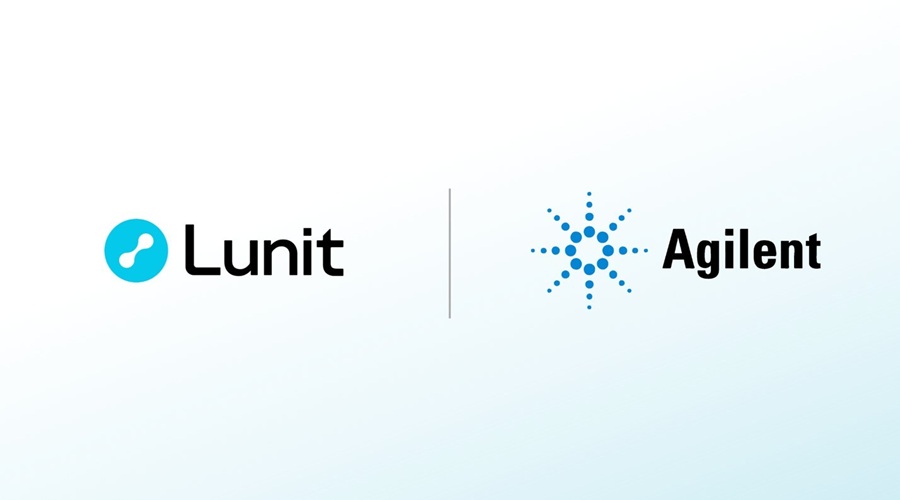
Lunit and Agilent Partner to Develop AI-Powered Cancer Diagnostics
Biomarker testing plays a critical role in precision oncology, guiding tailored therapies for patients. However, current methods often rely heavily on manual interpretation, which can introduce variability... Read more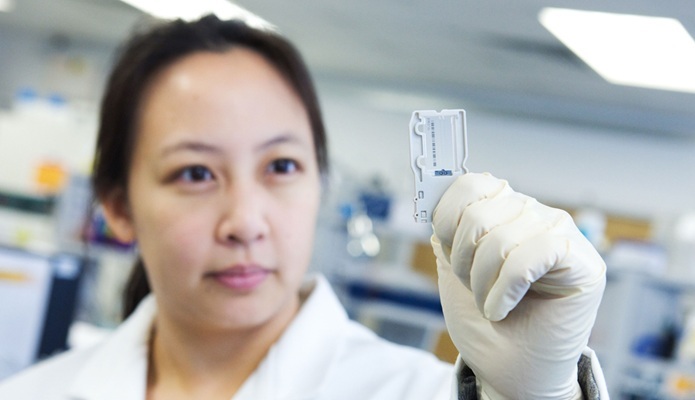
Qiagen and Oxford Gene Technology Partner on Sequencing Panel Interpretation
In clinical research, next-generation sequencing (NGS) panels provide essential insights for genetic analysis, but many laboratories face challenges in transforming raw sequencing data into clinically... Read more
VedaBio Partners With Mammoth Biosciences to Expand CRISPR-Based Diagnostic Technologies
VedaBio (San Diego, CA, USA) has entered into a non-exclusive license agreement with Mammoth Biosciences (Brisbane, CA, USA) for the use of select CRISPR-based technologies in diagnostic applications.... Read more















